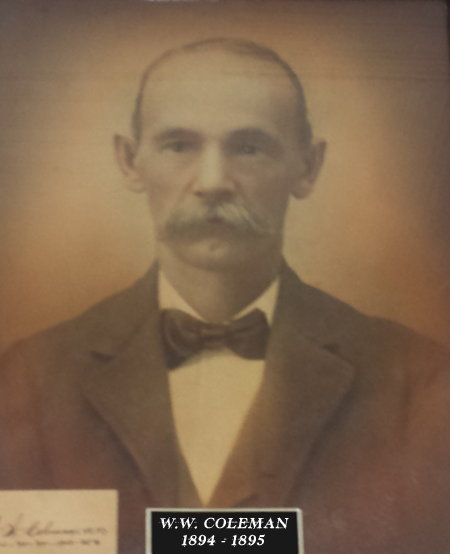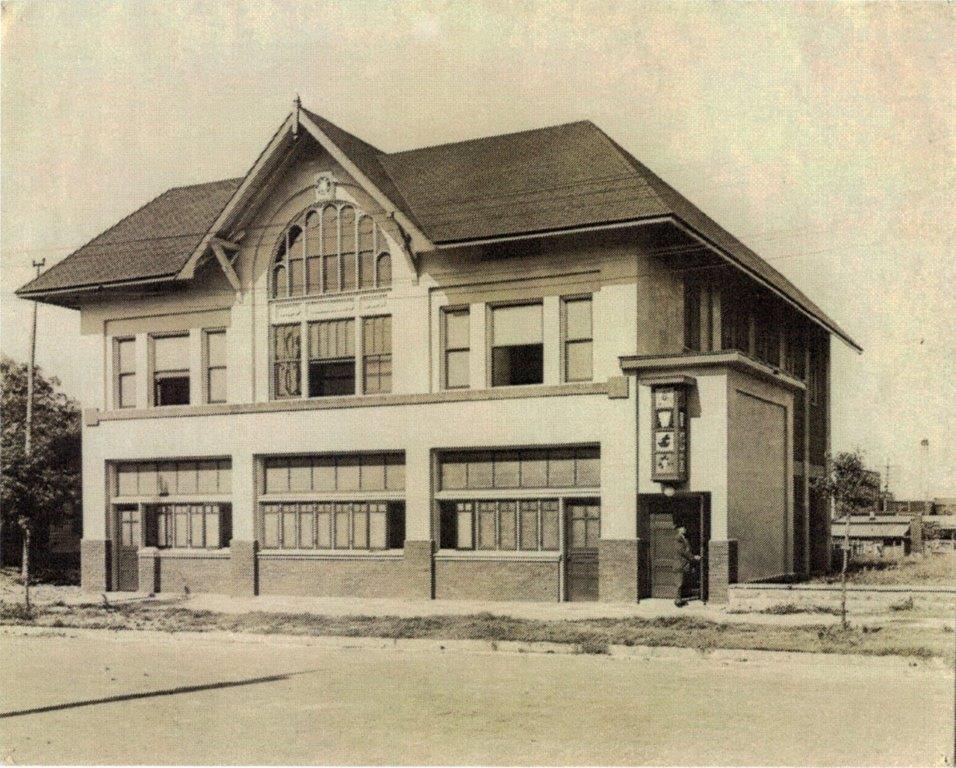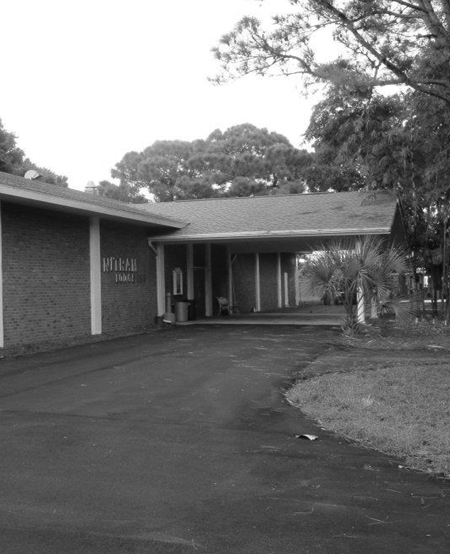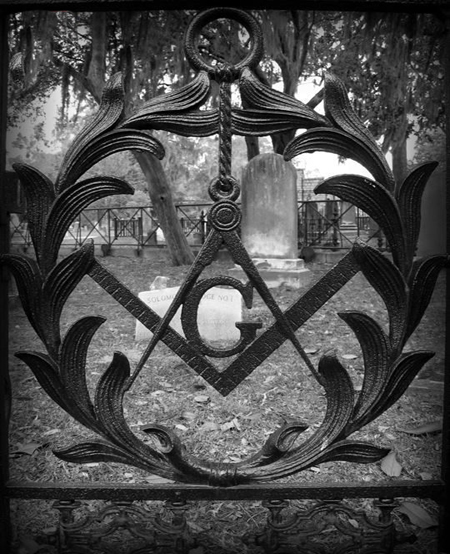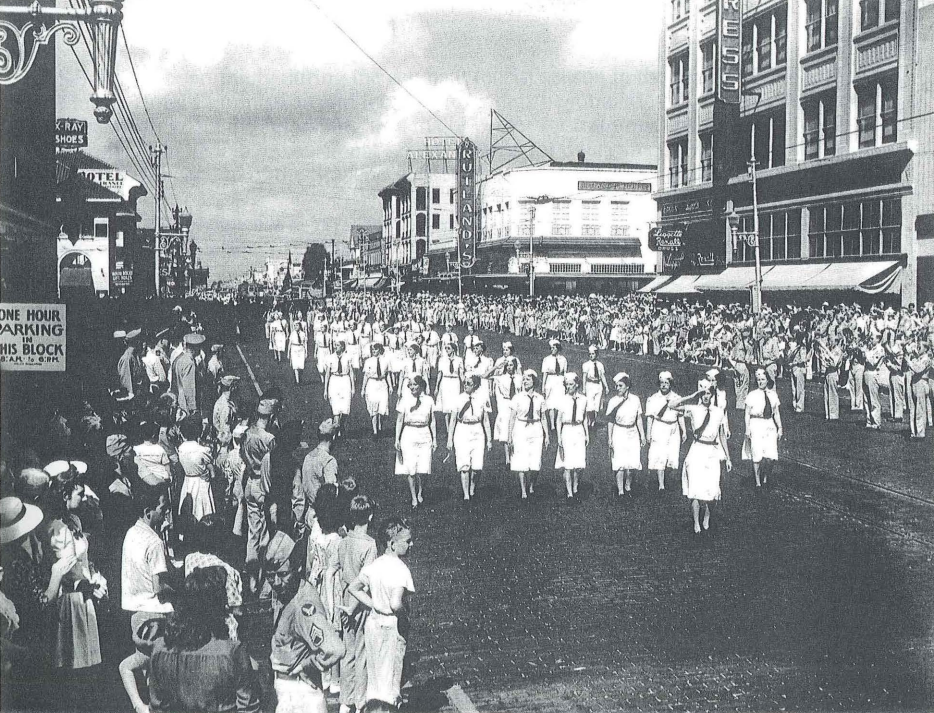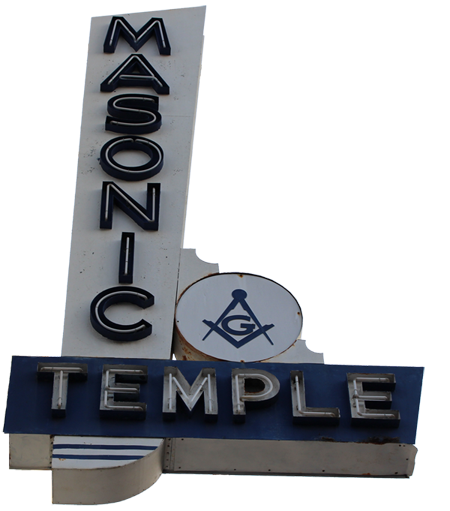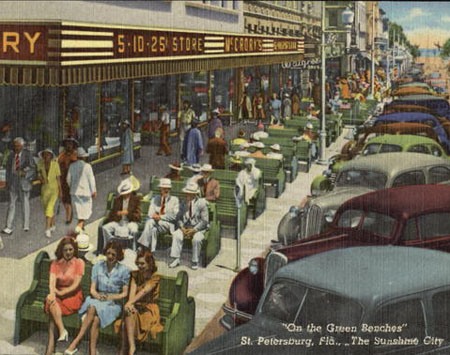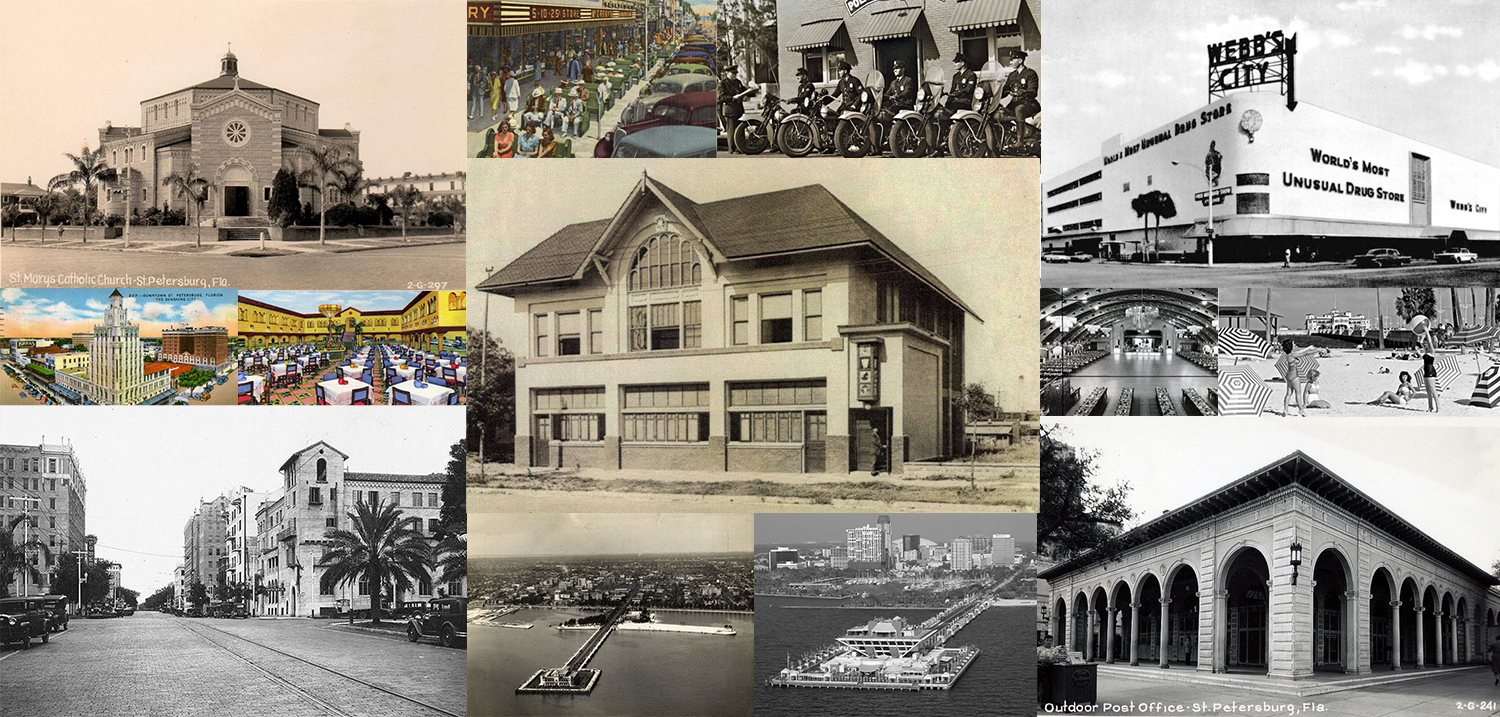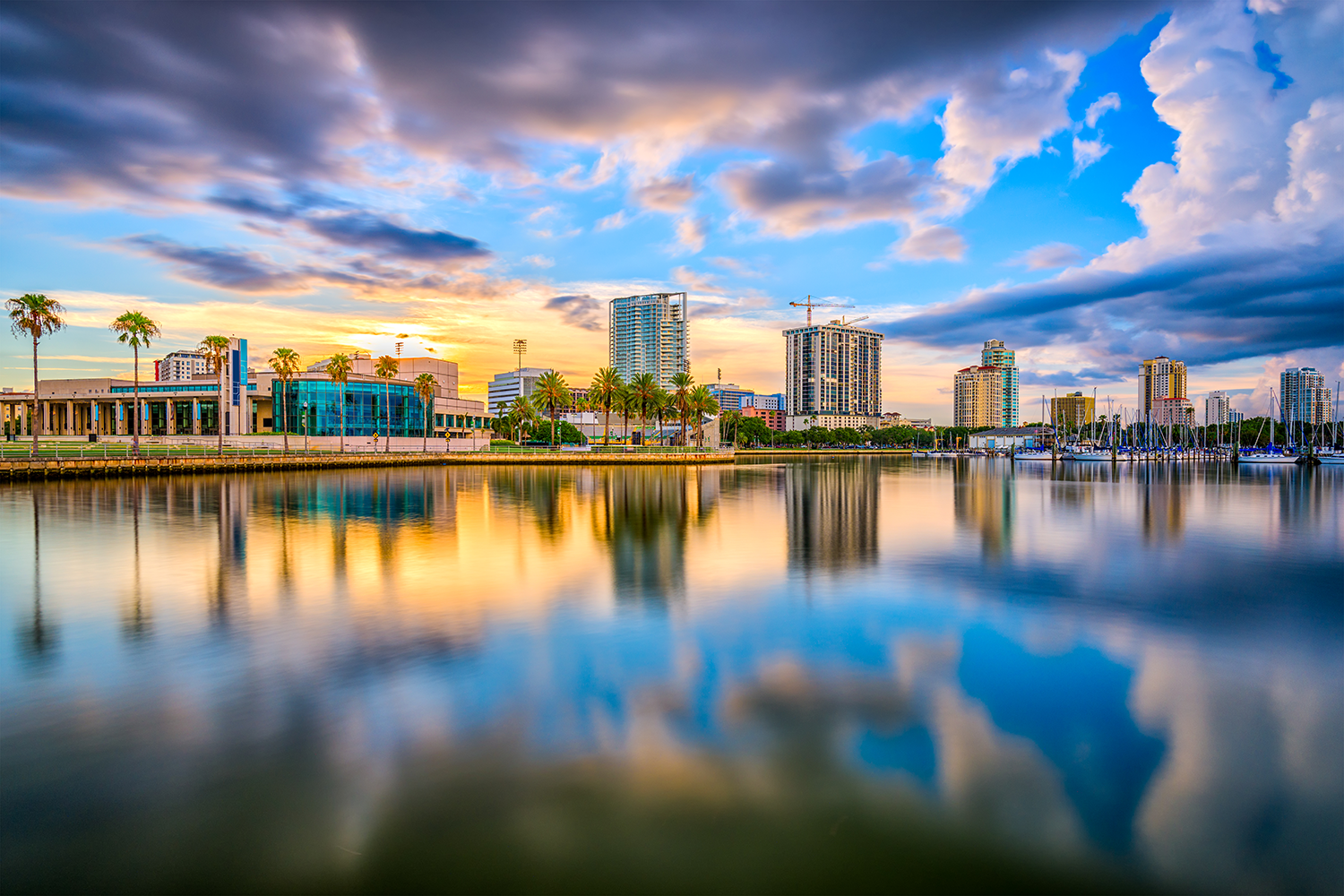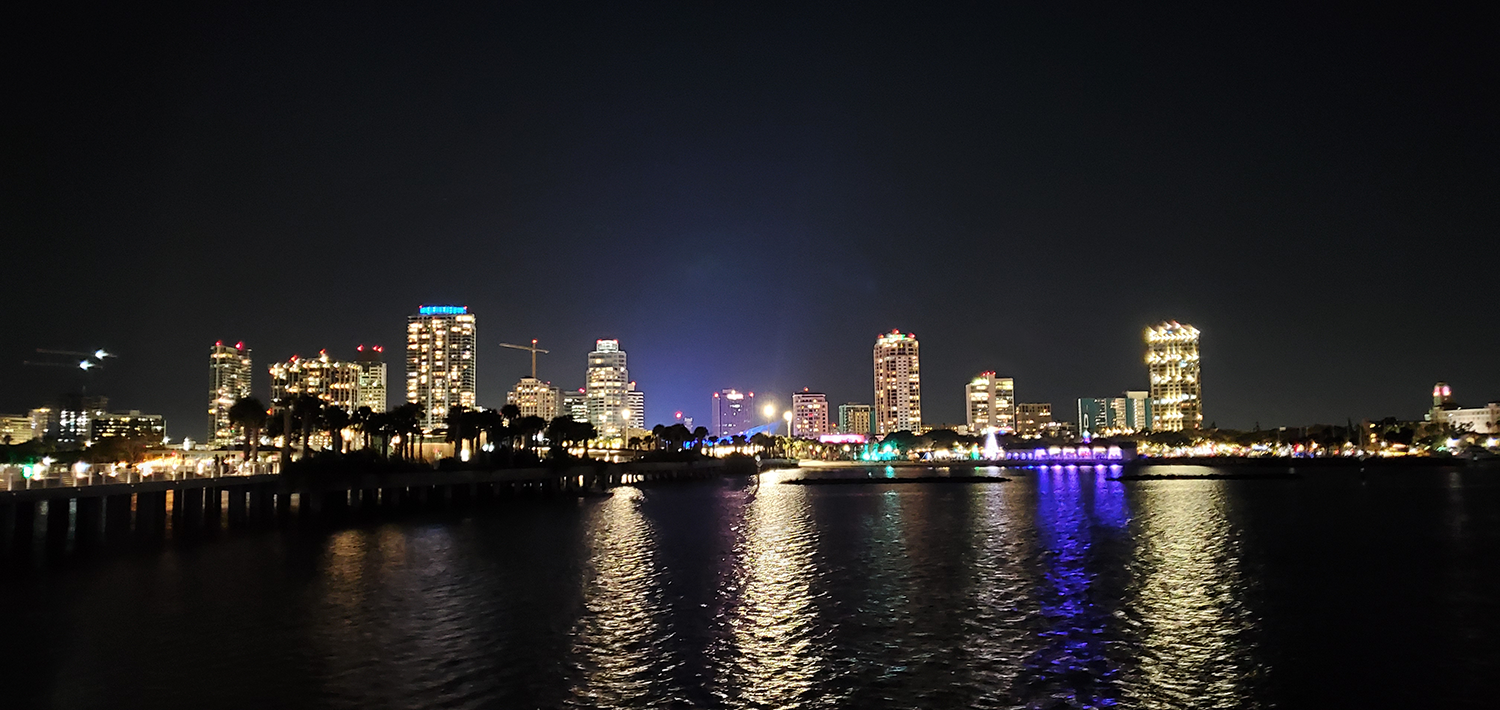In 1888, when the Orange Belt Railroad arrived, the population of the area was only around fifty people, spread across small, quiet villages like Wardsville, Williamsville, and Pinellas Village. Mr. J. C. Williams, Sr., often referred to as the “Father of St. Petersburg,” persuaded Mr. Peter Demens to construct the first railroad station, a railroad pier, and The Detroit Hotel. In the absence of Mr. Demens, the Post Mistress, seeking guidance for naming the town, spoke to his associate in Sanford, Florida. The associate suggested naming it after Mr. Demens’ birth city, and thus, St. Petersburg was chosen. By 1890, the town’s population had grown to about 270 people, prompting the formation of two political parties, the Wets and the Drys, who conducted an incorporation election. This election led to the prohibition of livestock grazing on city lots and the enforcement of speed limits for horseback riding within the town.
Pinellas County was initially part of Hillsborough County and gained separate status in May 1911. St. Petersburg officially became a city in 1903, boasting a population of approximately 600 people.
In December 1893, St. Petersburg Lodge No. 139 F. & A.M. was established as a U.D. (Under Dispensation) Lodge. In January 1894, it was one of nine Lodges chartered under Brother Marcus Endel, Grand Master of the Grand Lodge of Florida. The Charter Members, comprised of influential figures in the town, included Brother W. W. Coleman, a hotel owner and Worshipful Master; Brother H. W. Hibbs, owner of the first wholesale fish house and Senior Warden; Brother J. C. Williams, Jr., owner of Crystal Ice Company, a hardware store, and a land developer, serving as Junior Warden; Brother G. L. King, owner of the first sawmill, serving as Treasurer; and Brother James Henry as Secretary. Brothers J. C. Blocker, J.T. Blackman and Robert Johnson rounded out the nine Charter Members, Brothers J. C. Williams, Jr., and H. W. Hibbs later served on the City Council and Brother Hibbs later served two terms as Mayor.
Though starting with nine members, St. Petersburg Lodge #139 F. & A.M. experienced significant growth, reaching a peak membership of 1,256 in 1956. Over the years, members from the lodge played pivotal roles in establishing other local lodges. The past 130 years have marked a captivating and dynamic journey for the lodge and the community it has been a part of.
1893-1909 The Founders
The Founding of St.Petersburg Lodge #139
St. Petersburg Lodge # 139 was organized and held its first meeting as an U.D. Lodge on December 1, 1893 with 9 charter members, namely:
- Walter W. Coleman – 1st W.M.
- Henry W. Hibbs
- John Constantine Williams Jr.
- George W. Kennedy
- Robert Johnson
- J.C. Blocker
- James Henry – 1st Sec.
- George F. King
- John F. Blackmon
They convened in the International Order of Odd Fellows (IOOF) Hall, believed to be located on Central Avenue just west of 4th Street, approximately where the Phiel Hotel stood. The monthly rent for the hall was $3.10. The Lodge received its charter on January 17, 1894, under the leadership of Marcus Endel, G.M., who was actively involved in unifying Masonic work and illustration. During the period from 1893 to 1915, the Lodge changed locations several times, being hosted by organizations such as the Knights of Pythias (K of P), IOOF, Woodmen of the World (W.O.W.), and A.C. Phiel, the world’s first airline passenger in 1914.
Committee Formed To Find Our Lodge A Permanent Home
The quest for a permanent home gained traction around September 1901, and by October 7, 1902, a committee was appointed to explore and develop this idea. By 1906, the rent had escalated to $85.00 per year, yet the Lodge persevered for another three years. On November 16, 1909, the building committee reported finding a suitable property at the Northeast corner of 4th Street and 2nd Avenue South. On November 23, 1909, the committee was directed to negotiate the best terms for purchasing this property. By January 4, 1910, the Building Committee was instructed to acquire the property, known as the V. N. Ridgley property, which remains the current location of the Lodge. On August 16, 1910, the Lodge decided to issue 300 certificates, each valued at $10.00. These certificates carried a 5% interest rate, payable on or before December 31, 1917. The proceeds from the certificates were utilized to fund the purchase of the property.
1910-1919 A New Home for 139 & The Beginnings of the Masonic Home
Breaking Ground Downtown
On October 25, 1912, the rent for the building used for meetings was increased to $125 per year. However, on December 3, 1912, the Lodge decided to put the 4th Street property up for sale with an asking price of $10,000, but there were no takers. By February 3, 1914, plans for a new temple had been drawn and examined, but no action was taken. On March 2, 1915, the Lodge authorized the Trustees to negotiate a loan on the 4th Street property for the construction of the new temple.
Ground Breaks on the Lot For Our Own Masonic Temple
Groundbreaking for the new Masonic Temple took place on November 4, 1915. The Lodge voted on October 19, 1915, to sell Life Memberships for $100, which later posed challenges in 1930. The groundbreaking ceremony occurred on the Northeast Corner of 4th Street and 2nd Avenue South, with W. M. W. W. Birchfield, the Worshipful Master of St. Petersburg Lodge #139, turning the first shovel of sand. The inaugural meeting in the new Temple was held on March 28, 1916.
The Beginnings of the Masonic Home & Orphanage
In March 1914, St. Petersburg Lodge contributed $100.00 to the Masonic Home & Orphanage Fund. The concept of a Masonic Home & Orphanage had been introduced to the Grand Lodge by Bro. A.W. Gilcrest in 1902, who later became the Grand Master of Masons in Florida. On March 17, 1914, the West Coast Company offered to donate 100 acres of land for the Masonic Home & Orphanage, which was accepted by St. Petersburg Lodge.
On July 3, 1917, correspondence from the Grand Master confirmed that the Committee on Selection of a site for the Masonic Home & Orphanage had chosen St. Petersburg. This decision was largely influenced by the persistent efforts of Bro. Ed. T. Lewis, Mr. A.P. Avery, Mr. Lew B. Brown, Walter P. Fuller, and H. Walter Fuller, representing St. Petersburg through St. Petersburg Lodge #139. In response, a motion was passed that each member of the Lodge be assessed $500.00 to assist the Grand Lodge Committee with the Masonic Home site.
1920-1929 Nitram is Born | Big Talk, Little Action
A Lodge Temple For All Brothers of St.Petersburg?
In 1924, during the thriving period known as Boom Days, discussions emerged about a new Masonic Temple jointly owned by all Masonic bodies in St. Petersburg. Preliminary sketch plans for a 15-story building on the current land were presented, with Bro. Dupont as the architect. After considerable discussion, Worshipful Master W. W. Birchfield appointed a committee of 15 members to explore this concept, but ultimately, the idea faded away.
In 1925, on January 20th, during continued Boom Days, a motion passed for the Lodge to purchase the property on the Northeast corner of 4th Street and 5th Avenue South for $35,000. The Lodge considered placing the existing property on the market for $200,000. There was a growing inclination for a Lodge Temple further away from the city center to provide more parking for members. On September 1st, the Lodge rejected an offer of $5,000 per year for 99 years on the 4th Street & 5th Avenue South property. A motion was made and seconded for the Lodge Trustees to sell the property for $75,000 by October 1, 1925. The Lodge also authorized the sale of the Temple and the present property for $250,000, with the offer valid until December 1, 1925. On September 15th, the 4th Street and 5th Avenue South property sold for $75,000 C.I.F. (cash in fist). It was then decided to remove the Masonic Temple property from the market, but the idea of a 15-story building on this location resurfaced.
Nitram Lodge Is Born
In the same year, a new Masonic Lodge U.D. (Under Dispensation) was established, initially named Sunshine Lodge U.D. Operating in our Masonic Temple, the lodge later adopted the name Nitram Lodge #188 in memory of one of its first deceased members, Martin. The name “Nitram” was formed by spelling Martin backward. Nitram Lodge #188 was officially born, and its elected officers were jointly installed with St. Petersburg Lodge #139 officers on December 29, 1925. By the end of the year, St. Petersburg Lodge #139 had a membership of 491, raising 56 and affiliating 30, thus welcoming 86 new members in 1925.
1930-1939 Troubled Times
The Great Depression Reaches St.Petersburg
April 1930: The Lodge faced financial challenges and had to borrow money to meet the Grand Lodge per capita dues. Failing to pay would have meant no representation in that year’s Grand Lodge. Despite this, we managed to pay our Grand Lodge dues, and the Grand Lodge convened in Tallahassee, FL. It’s worth noting that Tallahassee was once the home of the Grand Lodge of Florida Masons in 1876. Star Lodge #78 of Largo obtained its charter from the Grand Lodge when it was based in Tallahassee. The Worshipful Master of that year made history by flying his airplane to Tallahassee, where Masons commemorated the first 100 years of Free Masonry in Florida. The Master’s flight into Grand Lodge was unprecedented in Masonic records. On May 20th, a motion was passed to encourage interest in the Order of DeMolay by awarding Blue Lodge Degrees to the member with the highest credits.
July 1930: The bank closure resulted in the freezing of $1,550 of Lodge funds, leading St. Petersburg Lodge #139 to default for the first and only time in its history on the initial note payment of $688 to the Acea Mutual Life Insurance Company, which had refinanced the Lodge in December 1929. By October 7th, financial troubles escalated rapidly. A proposal to increase dues to $10.00 and life memberships to $250.00 was defeated.
October 1930: Financial difficulties reached a peak. After multiple rejected motions and amendments to the By-Laws, Worshipful Master Lois F. Beard handed over the “gavel” to R.W.D.D.G.M. James D. Smith of Tarpon Lodge, who presided in the East. Beard earnestly appealed to the brothers to reconsider raising dues to $10.00 per year and lifetime memberships to $250.00. The facts revealed that 71 members held lifetime memberships and paid no dues, costing the Lodge $3.25 each in per capita tax. Business conditions stressed the submission of petitions for affiliations and degrees, leading to a standstill. The Lodge’s income was insufficient to cover expenses, and despite minimizing costs, it seemed necessary to increase income. Other Masonic bodies renting our Lodge room were also facing financial difficulties, unable to pay rent.
March 1936: The Lodge approved the finance committee’s decision to accept stock from St. Petersburg Building & Loan Company, valued at approximately $2,800, owned by St. Petersburg Chapter #31 R.A.M., as compensation for past-due rent. The Lodge committed to refunding $100 to the Chapter if such a sale took place.
1940-1949 World War 2 Reaches St.Petersburg
World War 2 and It’s Effect on St.Petersburg
St. Petersburg underwent significant transformations during World War II, profoundly influenced by global events. The war clouds that swept across Europe in 1939 echoed in the Sunshine City, leading to civic changes and a dynamic impact on the local Masonic Lodge #139.
In the early 1940s, St. Petersburg’s economy, once dependent on tourism, faced challenges due to the Great Depression. The city’s response to the war effort became crucial, emphasizing its climate to attract military personnel and becoming a hub for training Army Air Corps recruits.
The war years brought about a surge in population, with over 120,000 recruits and instructors visiting St. Petersburg. The local Masonic Lodge experienced increased attendance and participation, contributing actively to the war effort. The Lodge history reflects the dynamic period, marked by mortgage burnings, property transactions, and membership changes.
The lodge’s history is interwoven with global events. Key moments such as the second mortgage burning in 1940 and the extensive activity in 1945, with significant member gains and losses, provide insights into the lodge’s resilience and adaptability during challenging times.
St. Petersburg citizens, despite the economic challenges, rallied in support of the war. The city’s social scene was revitalized by military personnel, and wartime romances blossomed in popular venues like The Pier and the Coliseum. Women played a crucial role, entering the workforce in unprecedented numbers, embodying the spirit of “Rosie the Riveter.”
The war also brought challenges, such as blackouts and strict enforcement measures. African-American citizens faced a dual battle against foreign fascism and domestic racial segregation. The war’s end in 1945 ushered in celebrations, but St. Petersburg was forever changed. The legacies of World War II, reflected in population growth, economic shifts, and social changes, continue to shape the city’s character. St. Petersburg’s postwar trajectory illustrates the lasting impact of the war on local communities and their ability to adapt to global challenges.
1950-1959 Growth & Prosperity
St.Petersburg Reborn
The enduring impact of World War II profoundly shapes the contemporary fabric of life in St. Petersburg. Despite its efforts to embrace the trademark allure of “sun and fun,” the city found itself unable to revert to its prewar identity as a quaint southern town primarily driven by seasonal tourism.
In the aftermath of the war, St. Petersburg underwent a significant demographic shift, marked by substantial population growth. Starting with a population of 60,812 in 1940, the numbers surged to around 86,000 by 1945 and further expanded to 96,848 by the mid-20th century. Over the subsequent fifty years, the city burgeoned into a metropolis, boasting a population of nearly a quarter million residents, while the county’s overall population approached one million permanent residents.
The war played a pivotal role in shaping St. Petersburg’s landscape as military families, initially introduced to the region during the war, chose to make it their home. This influx prompted notable transformations in the real estate and construction sectors, altering the traditional character of the area significantly.
A consequential legacy of the war unfolded through the federal G.I. Bill, offering veterans housing and educational opportunities. The repercussions of the postwar migration, spanning social, political, economic, and ecological realms, continue to reverberate through St. Petersburg’s contemporary milieu.
1950s Technology & Growth
The 1950s marked the introduction of air conditioning, igniting the construction of housing tailored for retirees. Central Plaza and West St. Pete shopping centers emerged as prominent commercial hubs, diverting business activity from the downtown core. As the population reached its zenith, streetcar tracks were dismantled, making room for a culture dominated by automobiles. Notable additions during this era encompassed the municipal marina, the main library, a waterfront arena named the Bayfront Center, and the Museum of Fine Arts.
In April 1952, the Lodge eagerly received the recommendations of the building committee regarding the construction of a new Masonic Temple at the current location, and these were duly placed on file.
The momentum continued into February 1953 when the Lodge wholeheartedly accepted the comprehensive plans and recommendations of the building committee. This collective decision paved the way for the exciting endeavor of demolishing the old Temple and embarking on the construction of a new one, estimated to cost around $219,350.
As 1954 unfolded, members united behind the Building Committee’s proposal to raze the Temple building. The contract for the construction of the new facility on the same site was awarded to the esteemed firm of R.E. Clarson, Inc.
In 1955, the Lodge faced the temporary relocation of its meetings during the construction phase. A building at the City-owned Sunshine University was secured for this purpose at a monthly rent of $165. The farewell meeting in the old Temple occurred on January 29th, and the original cornerstone was ceremoniously opened on March 5th. Groundbreaking for the impressive $200,000 Masonic Temple took place on March 26th, with the cornerstone laid on June 4th. Membership at this juncture stood at an impressive 1,199. The inaugural meeting in the newly constructed Temple unfolded on November 15th, marking a significant milestone.
The grand culmination of this transformative journey occurred in 1956 when the new Temple reached its completion. On October 16th, the dedication ceremony was graced by the presence of 310 Masons and officiated by esteemed Grand Lodge Officers, symbolizing the triumphant realization of the Lodge’s vision and aspirations.
1960-1969 A Decade in Transition
Decade in Transition: The 1960s
In 1963, a spirited move to revamp the image of St. Petersburg led to the abolition of all green benches, marking a symbolic shift for the city. The Lodge, in response, took proactive steps by reaching out to the City for guidance on installing a new bench in front of the Temple, aligning with the evolving spirit of change.
The year 1964 brought strategic initiatives to enhance Lodge operations. A dedicated effort was made to provide assistance and a welcoming environment in the Secretary’s office, with a member on duty during specified hours. Despite facing a membership low of 1,026, the Lodge exhibited resilience. A pivotal moment occurred on May 5th when members voted to amend the By-Laws by eliminating the “fee for affiliation.” Moreover, discussions centered on unifying the 19th Masonic District into a concurrent jurisdiction, opening up new possibilities for membership.
In 1965, a forward-thinking committee was formed on April 20th to explore the installation of an elevator in the Temple building. This vision became a reality on November 2nd when the Lodge entered into a contract with the Otis Elevator Co. for the purchase and installation of the elevator at a cost of $14,975.
The year 1968 marked both loss and necessary upkeep. The passing of Bro. A.A. Russell, who had faithfully served as Tyler for over 40 years, was mourned on January 14th. In response to practical needs, a decision on February 6th was made to repair the Temple roof to prevent further deterioration. A maintenance effort of $350.00 covered essential tasks such as painting the fire escape, caulking Temple windows, replacing the front door lock, and issuing new keys. Striving for fiscal responsibility, a resolution was enacted, requiring Officers to seek Lodge permission before expenditures exceeding $25.00. This commitment to prudence reflected the Lodge’s dedication to sustaining its heritage and infrastructure.

